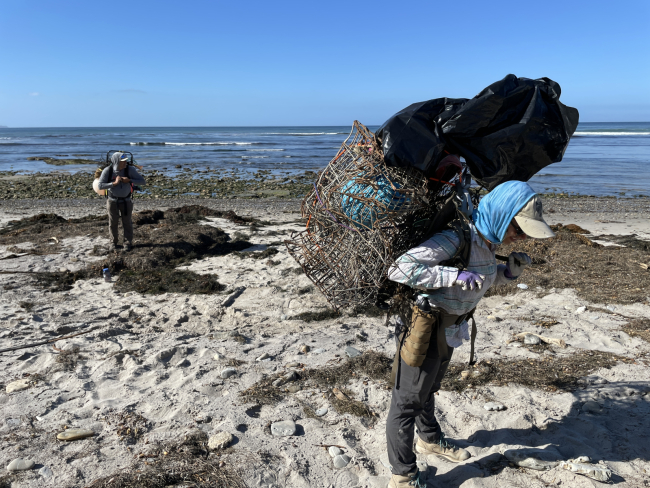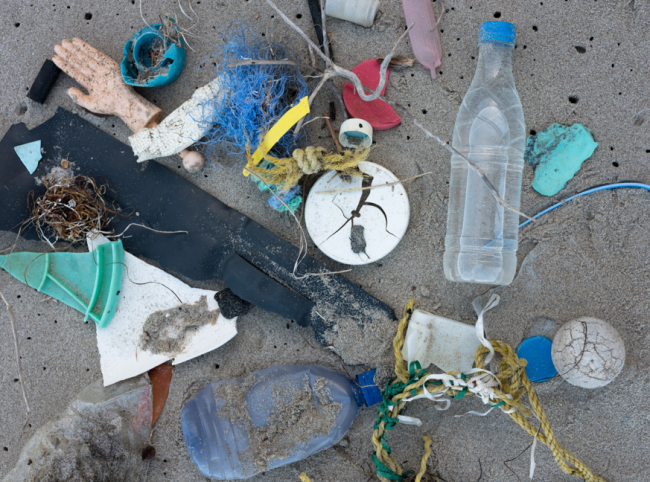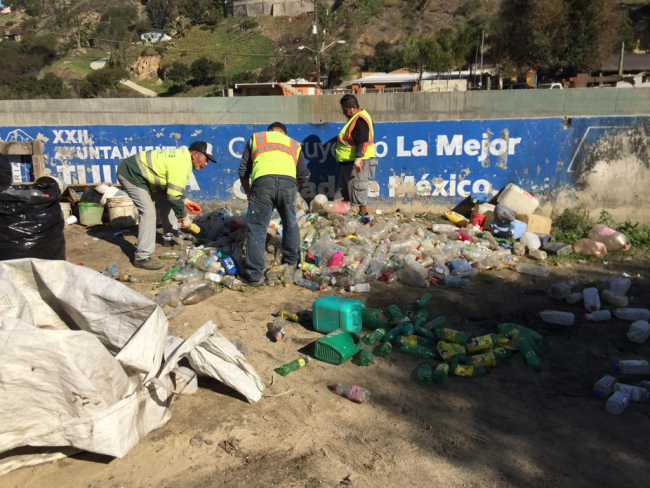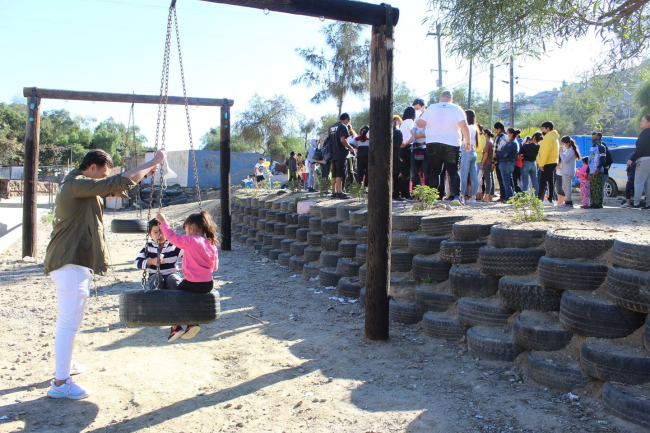Guest blog by: Tanya Torres, California Sea Grant Marine Debris Extension Fellow
Throughout the year, the NOAA Marine Debris Program will spotlight each region for an entire month. Keep an eye on our blog and social media to learn about exciting marine debris projects and initiatives throughout the country.
About 70% of Californians believe their ocean and beaches are very important to California’s future and report that plastics and marine debris are a big problem on a coast near them.1 As a result, organizations, individuals, and volunteers from across the state are contributing an enormous and noble amount of time and energy to make California a national leader on addressing and preventing marine debris.
The NOAA Marine Debris Program provides support by funding various partners involved in marine debris research, prevention, and removal throughout California. These partners include local universities, non-profits, and state and federal agencies that make up the many hands that are taking bold and creative steps to address marine debris from all angles.
University partners are key to understanding the complexity of the marine debris issue in California. Researchers at the University of California Riverside are examining the source, pathway, and fate of microplastics in the Southern California Bight to inform more effective management efforts. Researchers at San Diego State University are examining the movement and behavior of less studied sources of pollution, such as encampment debris and illegally dumped items. Meanwhile, California State University Channel Islands are removing and tracking the amounts and types of shoreline debris on the Northern Channel Islands to assist with source identification and inform management and policy changes.
In addition to university partners, the NOAA Marine Debris Program is also supporting non-profit organizations through funding provided by the United States-Mexico-Canada Agreement Implementation Act. Down south at the border, WILDCOAST is supporting the Tijuana River Watershed and local communities by intercepting debris to be recycled and disposed of in alternative uses, such as the creation of a local community park using recovered tires. Southwest Wetland Interpretive Association along with the Tijuana River National Estuarine Research Reserve are implementing efforts to prevent and capture cross-border debris before it reaches the Pacific Ocean, as well as piloting a community-led circular economy by upcycling and selling items made from marine debris. Additionally, the Ocean Conservancy’s Global Ghost Gear Initiative is working with partners in California and in Mexico to better manage and prevent the loss of fishing gear and to launch a North American Net Collection Initiative for gear recycling.
Education is a key component to reducing marine debris. Hands-on experiences and behavior change projects deepen understanding of the marine debris problem. Partnering with organizations that meet these educational needs are important. In San Luis Obispo, California, One Cool Earth’s Earth Genius Program is working with public school administrators, teachers, and students to implement a marine debris education program within 23 elementary schools across six school districts.
Local, state, and federal agencies are also working on the marine debris issue. The Richardson’s Bay Regional Agency is removing abandoned and derelict vessels from Richardson Bay and monitoring the benefits to native eelgrass beds and migrating waterbirds in the San Francisco area. The NOAA Monterey Bay National Marine Sanctuary is working alongside the California Marine Sanctuary Foundation to collect and analyze data to better understand marine debris impacting the sanctuary.
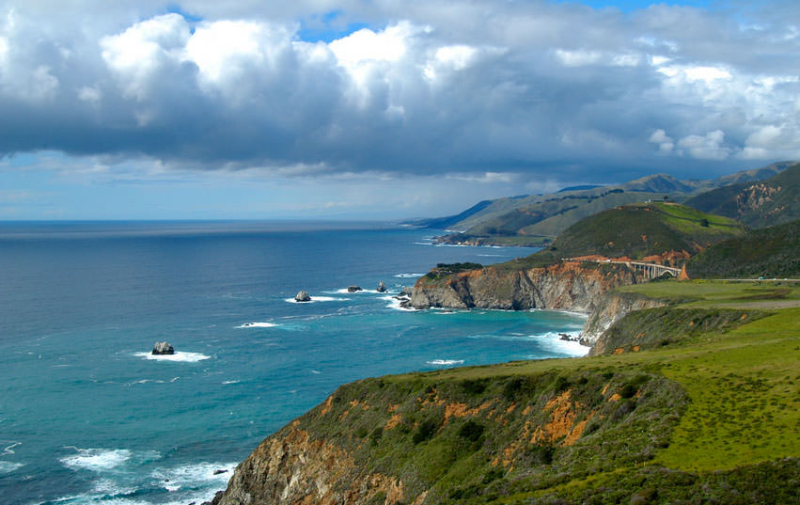
To increase collaboration amongst marine debris stakeholders across the state, the NOAA Marine Debris Program collaborates with the California Ocean Protection Council to coordinate and implement the California Ocean Litter Prevention Strategy. With more than 50 different organizations participating, it serves as a robust framework upon which varying sectors can work collectively toward the same goal. The NOAA Marine Debris Program facilitates progress tracking, update webinars, and goal-oriented workgroups to foster collaboration and information sharing amongst participants. To date, six actions in the plan have been completed, 43 are actively in progress, and 15 will be started in the future.
The NOAA Marine Debris Program is proud to support these efforts and promote the great accomplishments across academic, non-profit, and government sectors throughout the state of California. Stay tuned to our blog and social media this month for more updates from projects across the state!
1 2019 Public Policy Institute of California https://www.ppic.org/wp-content/uploads/ppic-statewide-survey-californians-and-the-environment-july-2019.pdf

